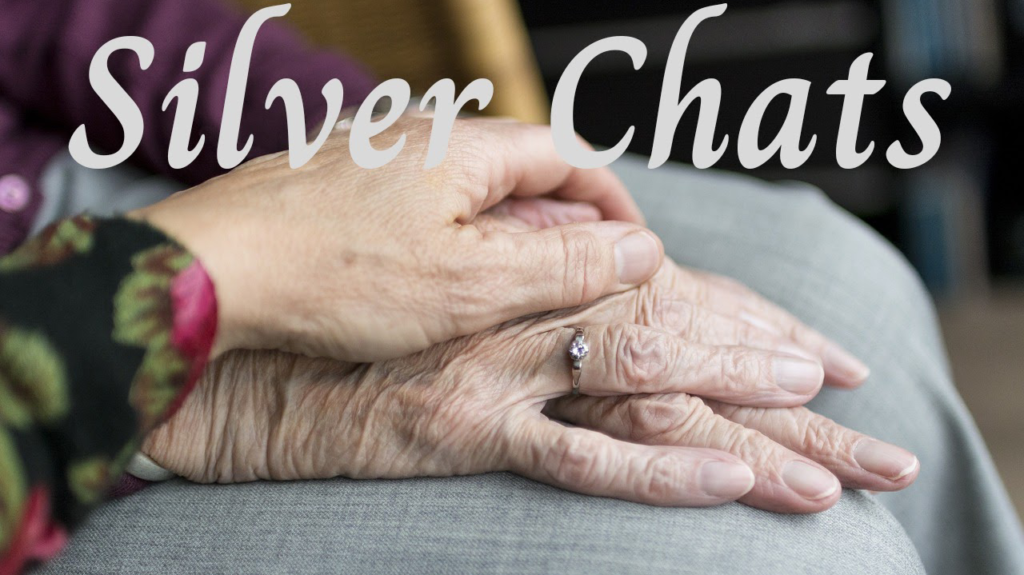It seems the catchphrase today is “mindfulness.” But what exactly is mindfulness and what is a mindfulness practice? How can mindfulness help us as we age? I was reminded of this blog last week when I was evacuated due to a wildfire.
The fire came in fast and we were given 15-20 minutes to evacuate last week. We’d been told a couple of hours earlier about the fire and advised of the possibility of evacuation. However, when the order was given, I was surprised at my reaction. I experienced fear, anxiety, extreme sadness, and emptiness. Instead of being grateful for my safety, and the kindness of a friend who took me in, my reaction was anxiety. Instead of being grateful for all the fire personnel who put their lives on the line for my safety, I turned inward. I caught myself quickly and fought back hard to regain some balance.
Mindfulness reminded me to breathe, focus on the moment and bring attention to my surroundings. I was staying in a friend’s lovely bunkhouse, surrounded by lush vegetation, safe from the fire. I had friendship, beauty and serenity unique to a situation many aren’t lucky enough to experience. I allowed myself to feel my fears, but didn’t allow them to rule me. I walked her gardens and watched the birds and sat and listened to the cacophony of insects and bugs and found joy. I didn’t dwell on the past or future. I was engaged in what was going around me and focused on it. It was about my body and mind and how I was reacting to stimuli.
The first hand benefits of my mindfulness practice reduced stress and helped with my fear and anxiety. I was able to focus my attention on my surroundings, my friendship and find joy. I would stop and take deep breaths and follow them in and out until I found my body relaxed and my mind calm.
It is said that mindfulness is an art. It is a kind of energy we create when we bring our mind back to our body and its breath and focus on the present moment. We focus on the movement of the breath entering and leaving the body and become fully present with ourselves, and those around us. Any thoughts of past, or future are discarded and our awareness is in the moment.
It is an art because the more you practice mindfulness it becomes a habit and the more benefits we reap.
It needs no special training or equipment. It can be practiced sitting, standing or walking. We can get in touch with the energy created by mindfulness throughout the day doing dishes, eating, brushing our teeth, or driving a car. We can be mindful while speaking, listening, working, playing or cooking. We don’t need to set aside time or find any place special. When you experience the energy of living mindfully it generates peace and harmony.
Here are some ways to start practicing mindfulness:
Mindful breathing
Find a comfortable place to sit, breathe deeply and slowly exhale. Begin to breathe normally in and out and count your breaths from 5 to 10 times and then start over. You can also put your hand on your stomach and feel the breath movement.
Body scanning
Start with the breath and focus on your body. Start at the top of your head and focus your awareness on each body part working your way to your toes. Notice the sensations of each body part without judging.
Mindful eating
Using mindfulness focuses awareness on the cooking of food. Listen to the sounds and breath in the smells of food cooking. When eating, be aware of flavors, texture and how your body reacts to them. Chew slowly and experience the ingredients.
Mindful movement
While you are walking or running or exercising be mindful of body movement. Be aware of how your legs, arms and body are reacting to the stimuli of moving without judgment.
Journaling
Mindfulness is about mindset. Journaling can help with focusing on increasing positive thoughts and decreasing negative thoughts.
Gratitude
I wake each day and before getting up, I make a gratitude list. It starts my day being present in the moment and sets a positive mindset. Try making a gratitude list of 5 things each day, its life changing.
Meditation
Try meditating for 10 minutes a day at a good time like upon rising or before bed.
Reflection
Be aware of what you see, hear, taste and smell around you and notice your thoughts and emotions associated with each sense. Don’t be judgemental, just pay attention. Building awareness of yourself and your reactions will further the success of a mindful practice.
When we practice mindfulness in aging it helps us to embrace changes that are part of aging. Through mindfulness exercises we can shift our mindset. There are immense benefits in practicing mindfulness in aging which include increased cognitive function, balanced moods,and emotional states. It aids in pain tolerance,and better sleep. The decrease in stress brought on with mindfulness improves our immune system, and lowers the risk of depression and anxiety.
Mindfulness helped me to cope with my recent wildfire experience. It helped me shift my focus and thoughts from fear and negativity to gratitude and positivity. I was able to find calm and shift my mindset. Silver Chats encourages everyone to give mindfulness a try. It is part of holistic aging practices and opens the door to the endless possibilities of aging.
